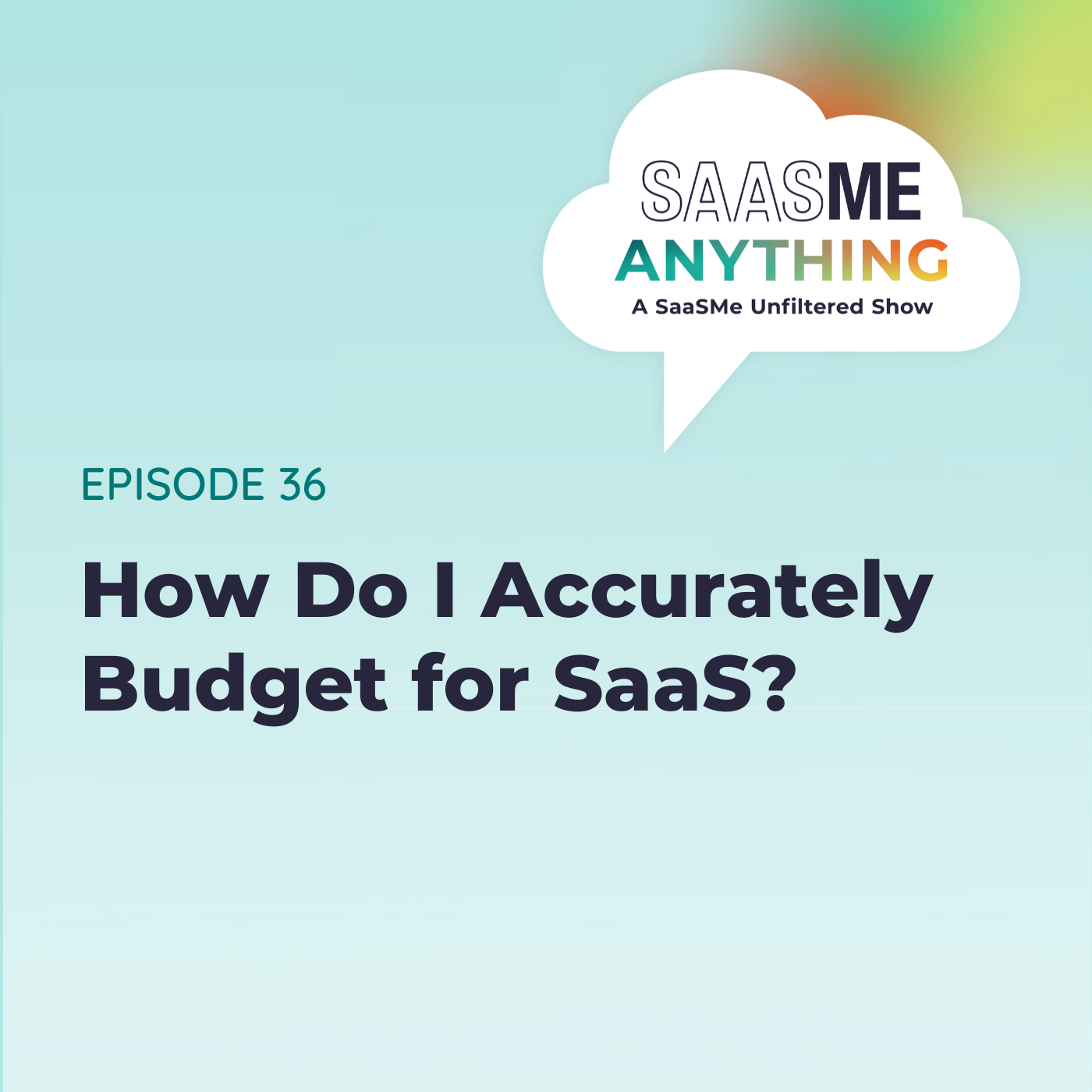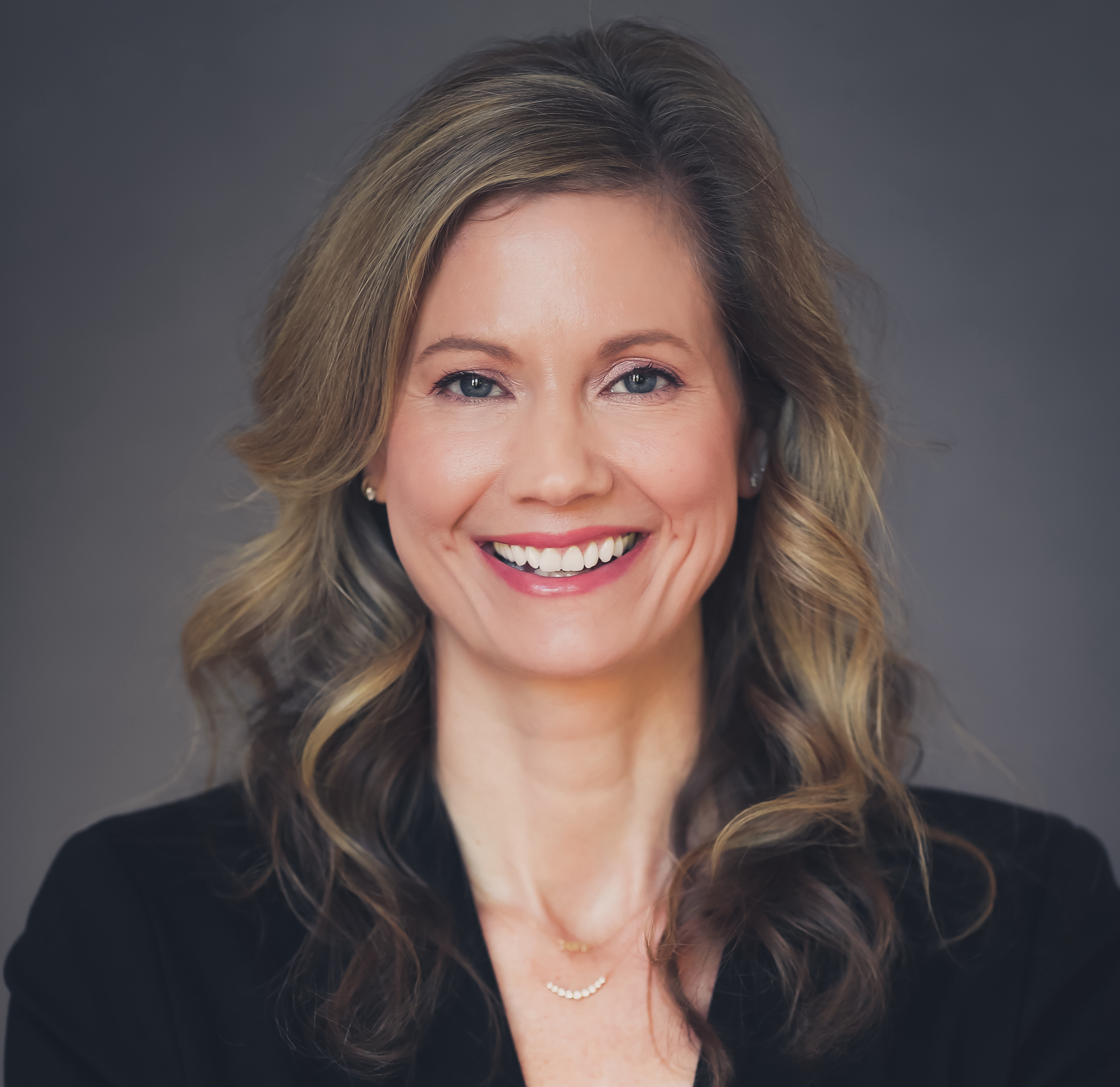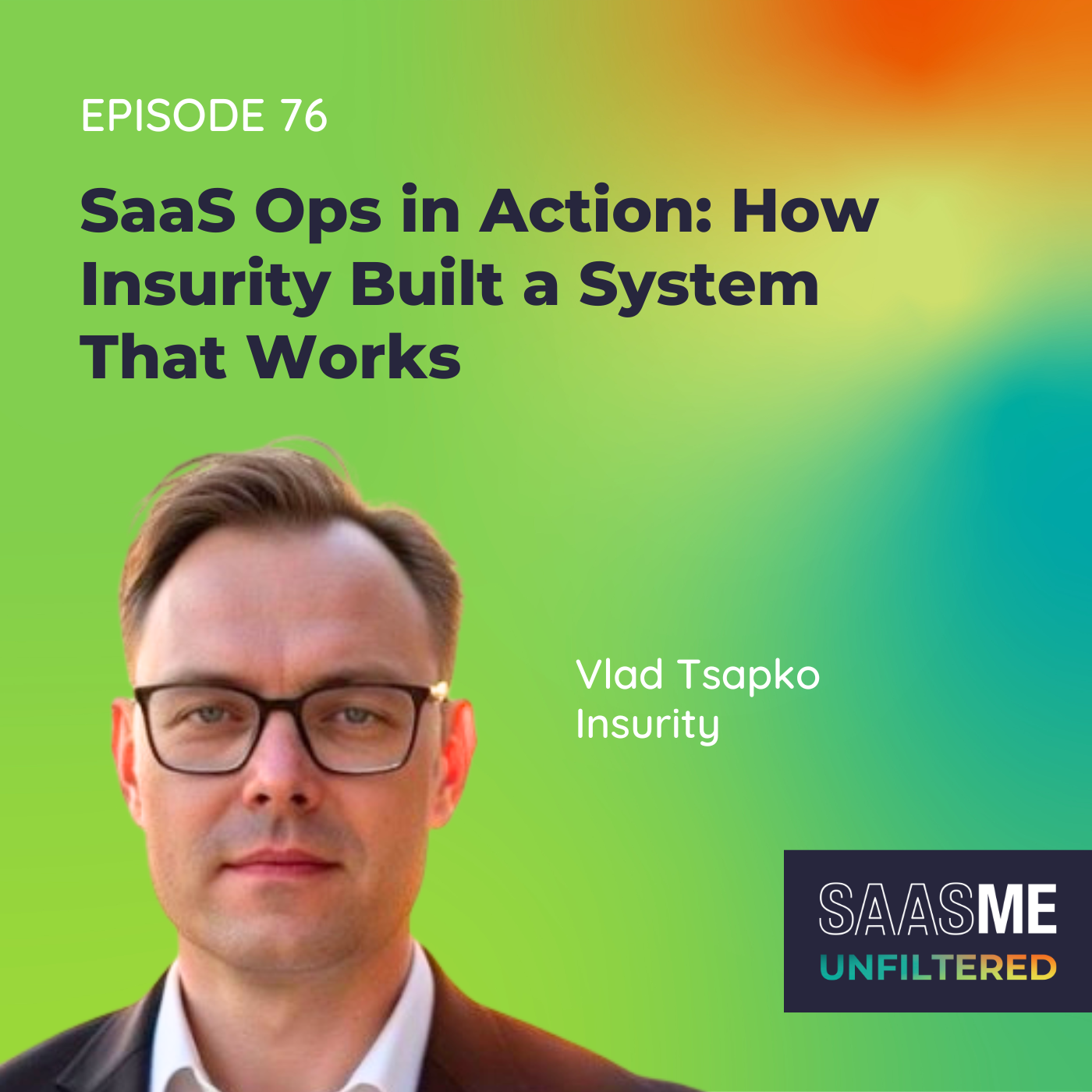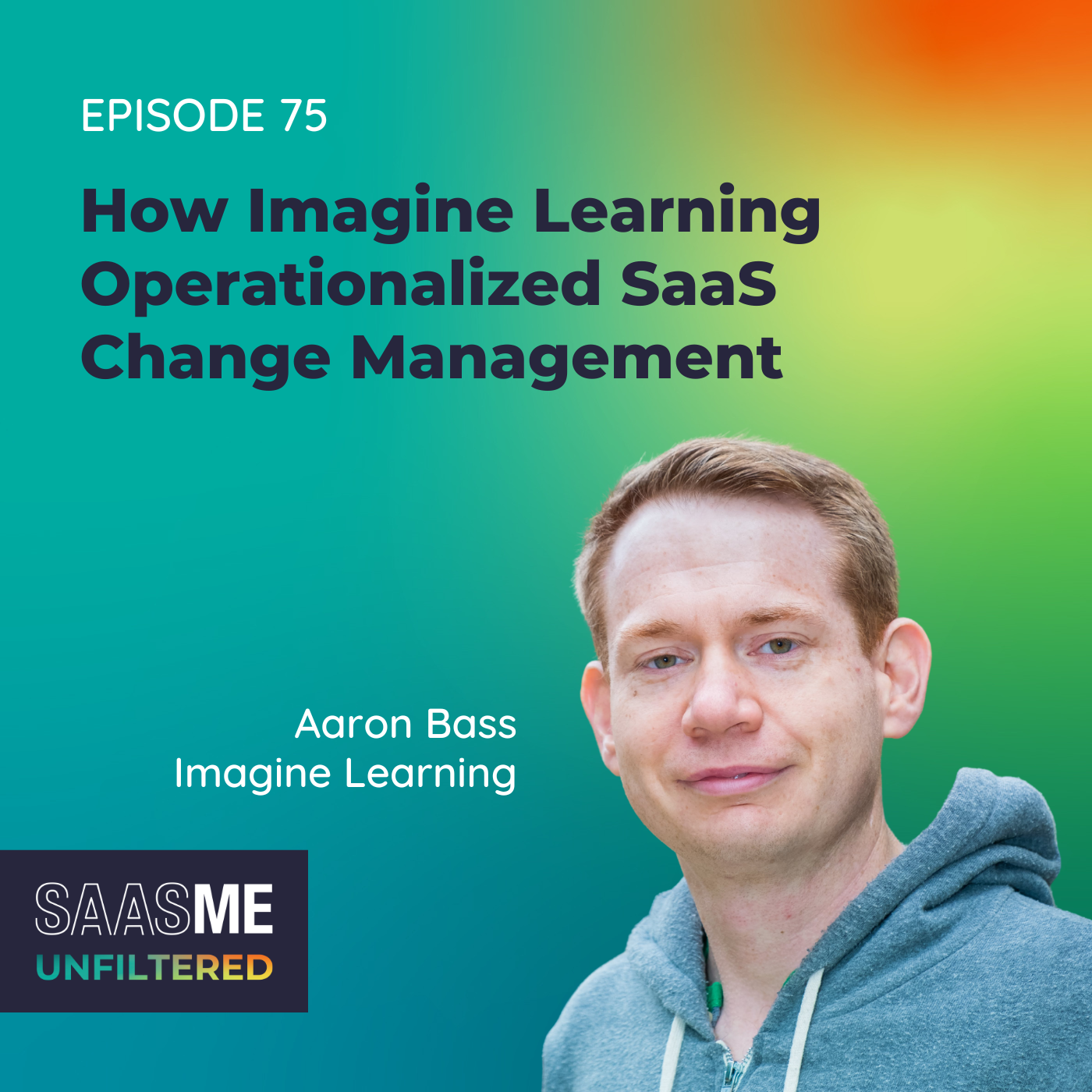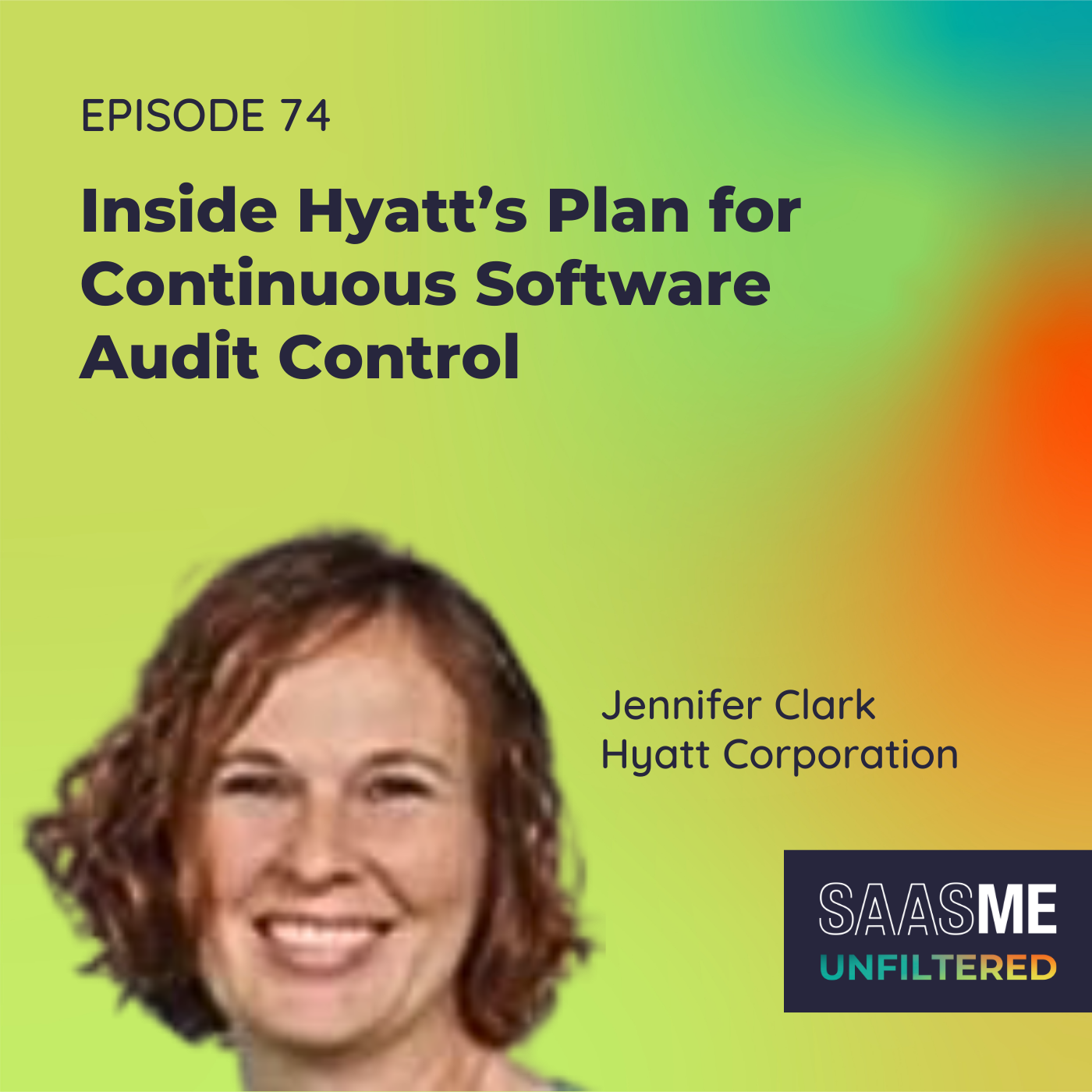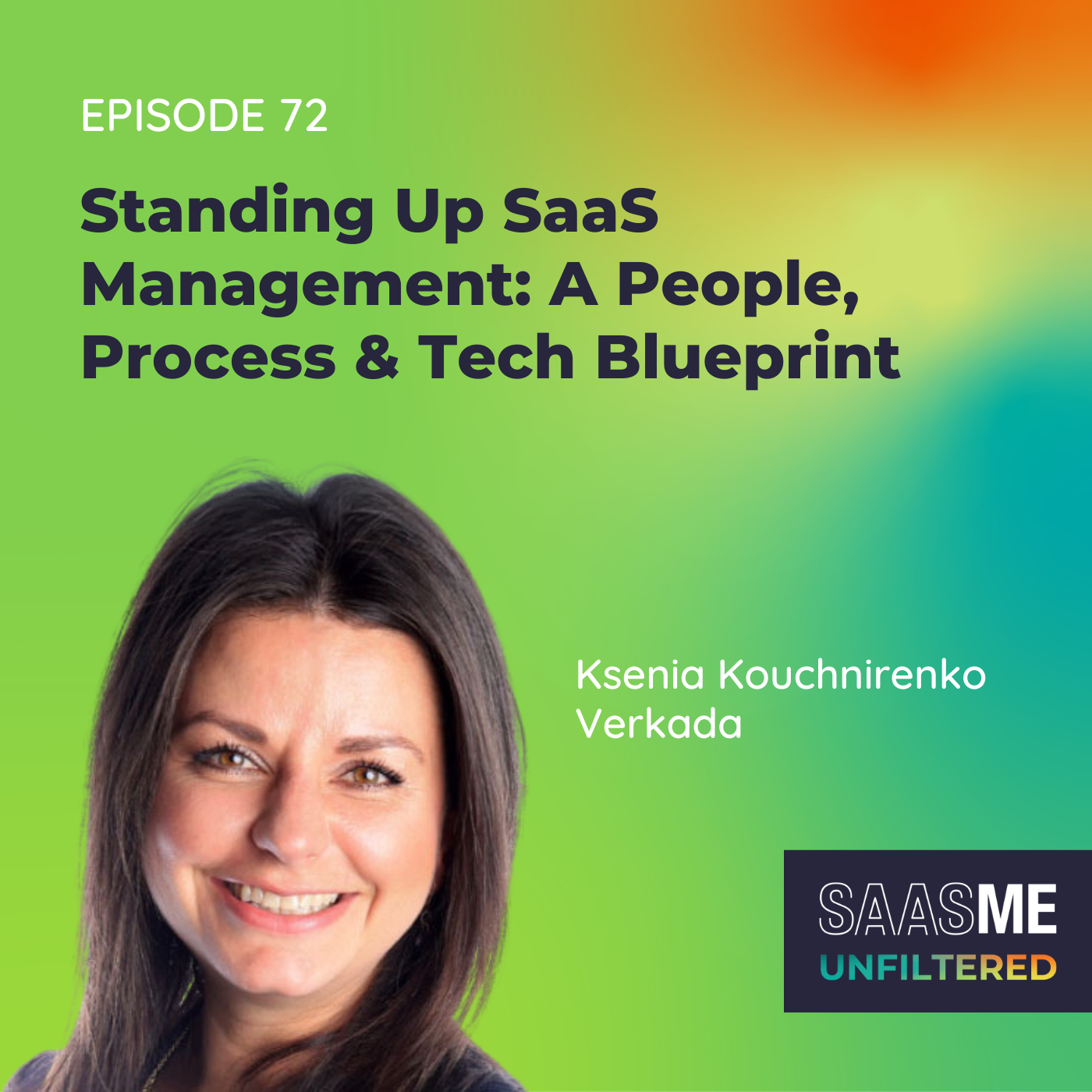How Do I Accurately Budget for SaaS?
- 0.5
- 1
- 1.25
- 1.5
- 1.75
- 2
Ben Pippinger: All right, hey everybody. Ben Pippinger here with another episode of SaaS Me Anything. On this episode, we're going to be tackling the question of how, do I budget and forecast for SaaS? Couple of things we'll be covering off today. First, we'll be talking about why budgeting is just so hard for SaaS. Next, what factors to consider when forecasting and setting your budget. And then finally, we'll wrap up with a few tips to get started for budgeting your SaaS applications within your business.
Ben Pippinger: All right, so let's jump in. First, before we really dig in, let's just start with the fact that SaaS is expensive and spend is only growing for it. Gartner's predicting that annual SaaS expenditures will grow 19% year- over- year this year in 2023, and continue to grow 15 to 20% every year through 2026. So because of that, it's just more important than ever to be thinking about budgeting and forecasting accurately to control this really ever- increasing growing area of spend.
Ben Pippinger: But why is it [budgeting for SaaS] just so dang hard? Well, I've got three reasons for you. First reason is that SaaS is decentralized, often not following a standard process for buying, reporting on the use or renewing. As a result, there's an inherent lack of visibility, disjointed systems and processes and unpredictability of spend. Next, comparing budget versus actual by SaaS tool. At scale, it just doesn't scale. This is a manual and time- intensive process involving repeatedly exporting and combining data sets. And then, third reason is that add- on features, overages and true- ups, can quickly and unexpectedly throw your budget out of whack. Teams usually don't consider the unexpected when setting budgets. Layer on the fact that you likely have hundreds of apps, and that there is a ton of waste and excess spend, you've got yourself a big, juicy SaaS cheeseburger to take some budgeting bites out of.
Ben Pippinger: All right, so let's lay out some guidelines for how to do it. First things first, you have to know what you have. Creating your inventory of SaaS apps, along with relevant data to budget, is absolutely crucial. You need data points like spend history, details of what licenses and features you've paid for, how those things that you bought are priced. For instance, are they per- user basis? Is there a consumption model at play here? Any price caps that you already have in place for existing agreements during the renewal process, and really who owns that app within your company?
Ben Pippinger: Once you have your inventory, you can get to budgeting. So first thing you need to do is identify which applications you want to set specific budgets for. A couple guidelines there that you can think about would be things to look at really, what are your highest dollar applications that you know want to set budgets for? And that inventory, that exercise that you went through can help you identify that.
Ben Pippinger: Next area you may want to look into, are IT- owned applications. These are typically the core applications that your business is running on. So definitely good ones to be thinking about from a budgeting perspective.
Ben Pippinger: And then thirdly, really look at those applications that may require executive or leadership approval to go through the purchasing process, to make sure you're setting and controlling budgets for those as well.
Ben Pippinger: Next, in collaboration with your respective app owners, understand how various factors may impact your budget for the apps that you're working with. So a couple of those factors might be for user license based products, consider headcount growth or reduction projections. For software that is consumption based, look at your product growth strategy and work to understand how that will impact your app spend growth. Second area around that is to look at the departments that you're working with. So look at the budgets for those departments that own those applications. Are those budgets for those departments going up? Are they decreasing? Are they remaining flat? That can help you set those budgets for software.
Ben Pippinger: And then last thing to really look at is your M& A activity. Do you have M& A projections for the upcoming year? Integrating acquired apps into your budgets adds a whole other layer of complexity.
Ben Pippinger: All right, next thing to do is then look at what you spent last year. Is it aligned to the contract, or were you hit with some overages or true- ups that you just weren't expecting? Has the business considered add- ons for new products that may want to add next year from those vendors that you're working with? Finally, consider if there are ways that you could be optimizing that application. Have you looked at unused licensing? Is there an opportunity to rationalize, where the same app may be being purchased multiple times within your organization? Or even if you have redundant capabilities that exist across other applications that you own. Part of optimization is also to look at benchmarking. As you're setting an app- specific budget, use a price benchmark to understand if you may be able to drive optimization at the time of renewal. Use all of these inputs to then come up with an app- specific budget. I'd recommend always leaving yourself a little bit of buffer though, for things that you just can't predict.
Ben Pippinger: For apps that you aren't building specific budgets for, your best bet is to take a category approach by department. Look at the software spend aligned to the growth of that department to set a budget.
Ben Pippinger: Okay, that was a lot.
Ben Pippinger: Here's a quick recap on the steps you need to take to accurately budget for SaaS. Number one, get a complete inventory and visibility of your applications. Number two, identify the applications that you want to set specific budgets for. Number three, work with the app owners to understand factors influencing the budget. Number four, review what you spent last year. Number five, look for optimization opportunities. Number six, for apps where you aren't setting a specific budget, take a category approach by department. And then lastly, make sure you're looking at those price benchmarks.
Ben Pippinger: So our bottom line today is that SaaS is expensive, and it's only going to continue to grow. You can't afford to guess when budgeting and forecasting spend, as no one wants to be surprised with overspend. Know what you have, use data to ensure accuracy, and get started by talking to your app owners and key stakeholders.
Ben Pippinger: All right, that's it for today. Catch you next time.
DESCRIPTION
Overages, true-ups, rogue software purchases, and rising SaaS costs are just a few wrenches that can throw off your software budget. To meet your financial goals, it’s important to forecast your SaaS expenditure as accurately as possible – especially since it’s often your second or third largest spend category. In this episode, Ben Pippenger shares what steps you need to take to accurately budget for SaaS.
Have a question you’d like answered on SaaSMe Anything? Submit yours here.
Key Takeaways:
- [00:09 - 00:34] Introduction: Why is budgeting so hard for SaaS?
- [00:38 - 01:05] SaaS is expensive, and spend is only growing
- [01:05 - 01:58] Why is budgeting for SaaS so hard?
- [01:59 - 02:33] Inventory is the first step to a SaaS budget
- [02:31 - 04:02] Factors that impact budgeting
- [04:03 - 05:04] Understanding spend and benchmarking
- [05:06 - 05:39] Recap
- [05:39 - 05:58] Bottom Line
SaaSMe Anything is the bi-weekly podcast that brings clarity to the chaos of SaaS, hosted by your resident SaaS expert and Zylo co-founder Ben Pippenger. Connect with Ben on LinkedIn here.

